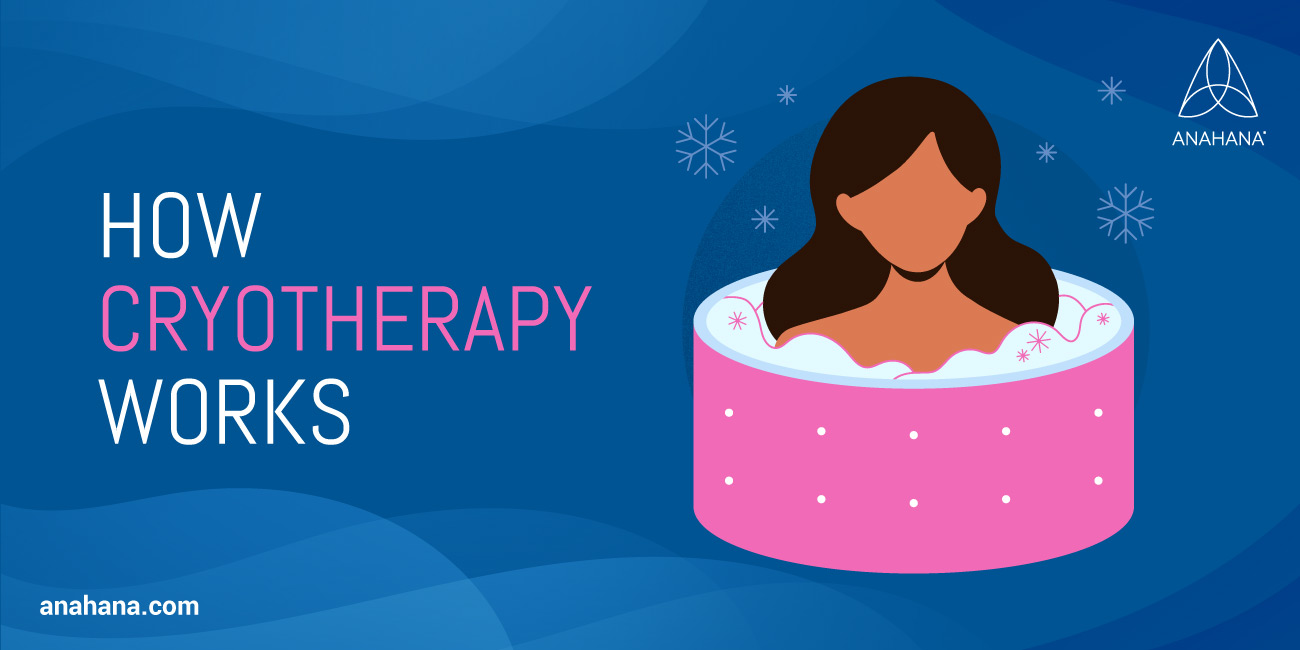
Table of Contents
Cryotherapy is a form of cold therapy that uses cold temperatures or extremely low temperatures to support recovery, reduce stress, ease muscle pain, and improve overall well-being. Many people try whole body cryotherapy, ice baths, or simple ice packs to help with injuries, soreness, or daily tension. Treatments take place in clinics, cryotherapy chambers, sports medicine centers, or at home.
Definition of Cryotherapy
Cryotherapy is a medical treatment that involves exposure to cold air, cold water, or liquid nitrogen to trigger physical and chemical changes in the body. This approach is used to treat a wide range of medical conditions like sports injuries, rheumatoid arthritis, chronic pain, skin conditions, and some skin cancers.
Many users also report mood improvements, better sleep, and reduced stress, showing that mental health benefits may be another positive effect.
Applications and Benefits of Cryotherapy
Researchers continue to study the health benefits of cryotherapy. Early results show encouraging improvements for recovery, inflammation, and mental well-being, but more studies are still needed.
Reducing Inflammation and Pain Relief
Traditional cryotherapy methods—such as ice packs, gel packs, and cold water immersion—have been used for centuries to reduce swelling.
Today, whole body cryotherapy and cold plunges offer the same pain relief benefits using extremely cold temperatures or nitrogen-cooled air.
People often notice:
-
Less swelling
-
Lower muscle stiffness
-
Better post-exercise recovery
These reactions come from rapid drops in muscle temperature, which reduce inflammation and improve perceived recovery.
Cancer Treatment
Cryotherapy used for cancer is known as cryoablation. Doctors insert a cryoprobe into the treated area and use argon gas or liquid nitrogen to destroy abnormal tissue or diseased tissue.
It is used to treat:
-
Skin cancers
-
Liver, prostate, and breast tumors
-
Bone and lung cancers
Cryoablation is recognized as a safe medical treatment, although long-term success still requires more research.
Chronic Pain and Disease Support
People dealing with chronic pain, rheumatoid arthritis, and sports injuries often benefit from cold exposure.
After the skin reaches very cold temperatures, the body slows blood flow, calming inflammation. Once the cold stimulus is gone, blood vessels expand, sending oxygen-rich blood back into the treated area.
This cycle encourages healing in:
-
Muscle fibers
-
Connective tissue
-
Inflamed joints
Injury Rehabilitation
Cryotherapy has a positive effect during rehab by controlling swelling and soreness after physical activity.
Using an ice bath, ice pack, or whole body cold therapy can support:
-
Faster muscle recovery
-
Reduced inflammation
-
Less muscle soreness, including delayed onset muscle soreness
Some swelling is still natural and can help healing, so cold therapy should be used wisely.
Athletic Performance
Athletes use body cryotherapy sessions to improve athletic performance and increase physical performance.
Benefits include:
-
Reduced fatigue
-
Better sports performance
-
Quicker recovery after intense training
Many athletes feel refreshed and energized after cryotherapy sessions, describing it as a reset for the nervous system, especially the sympathetic nervous system.
Skin Treatment
Cryotherapy treats several skin conditions and abnormal tissue on the surface.
Cold sprays or liquid nitrogen can remove:
-
Warts
-
Skin tags
-
Keratosis
-
Small lesions
This approach is widely used in dermatology.
Mental Health and Stress Support
Extreme cold triggers a strong chemical response.
People report improvements in:
-
Mood
-
Stress
-
Stomach pain linked to anxiety
-
Focus and overall well-being
Studies suggest these outcomes may come from higher dopamine, adrenaline, and endorphin release. While research is ongoing, the early results show real potential.
How Cryotherapy Works

Cryotherapy works by lowering the temperature of the skin and underlying tissues.
Different approaches exist:
-
Ice baths and cold water
-
Ice packs
-
Cold chambers
-
Cryotherapy chamber sessions
-
Cold air or nitrogen-based cooling
-
Traditional cryotherapy tools
Cooling the skin triggers physical responses such as slower nerve activity, reduced pain, and controlled blood flow, all of which promote healing.
The Physiology
Cryotherapy affects:
-
Nerves
-
Hormones
-
Circulation
-
Pain perception
These changes occur both locally and throughout the whole body, which is why cryotherapy has so many therapeutic benefits.
Cryotherapy Methods and Devices
Common cryotherapy devices include:
-
Ice packs
-
Ice baths
-
Cryotherapy chambers
-
Cryoprobes for internal treatment
All of them aim to expose tissues to extreme cold temperatures long enough to activate healing responses.
Whole-Body Cryotherapy
During a session, the user stands inside a chamber cooled by nitrogen-cooled air or liquid nitrogen.
Sessions last 2–3 minutes and may improve:
-
Sleep quality
-
Metabolism and weight loss
-
Muscle soreness
-
Stress reduction
Users wear protective clothing and a nose and mouth mask to avoid injury.
Internal and External Cryotherapy
External cryotherapy is the most common and includes ice packs, cold air, and water-based methods.
Internal cryotherapy uses a cryoprobe to reach deeper diseased tissue, especially during cancer treatment or vein procedures.
Clinical Use
Clinics use advanced tools like cryoprobes and cryotherapy chambers under professional supervision.
Whole-body cryotherapy should always be monitored to prevent cold-related injury.
Cryotherapy at Home
Home methods include:
-
Ice baths
-
Cold water immersion
-
Ice packs
-
Gel packs
These carry fewer risks compared to clinical devices but should still be used carefully. Always consult a doctor if you have underlying health conditions or blood pressure concerns.
Safety Considerations
Cryotherapy is generally safe, but the risks of cryotherapy include frostbite, nerve irritation, and prolonged exposure injuries.
Short, controlled sessions reduce the risk significantly.
Frequently Asked Questions
Is cryotherapy safe?
Yes, when performed correctly and under supervision.
Does whole body cryotherapy hurt?
It feels intense, but most users describe pressure or discomfort rather than pain.
Can cryotherapy cause frostbite?
Yes, but it’s rare. Proper timing and safety gear prevent most issues.
How long has cryotherapy been used?
Cold treatments date back to ancient medicine, while modern whole body cryotherapy began in Japan in the 1970s.
References
Whole Body Cryotherapy Induced Reversible Cerebral Vasoconstriction Syndrome (P3.118) | Neurology
Cryosurgery for common skin conditions
Cryoablation for cancer - Mayo Clinic
Definition of cryoablation - NCI Dictionary of Cancer Terms
Cryosurgery to Treat Cancer - NCI
The cold truth: the role of cryotherapy in the treatment of injury and recovery from exercise
Whole-body cryotherapy as adjunct treatment of depressive and anxiety disorders - PMC

By: Anahana
The Anahana team of researchers, writers, topic experts, and computer scientists come together worldwide to create educational and practical wellbeing articles, courses, and technology. Experienced professionals in mental and physical health, meditation, yoga, pilates, and many other fields collaborate to make complex topics easy to understand. Anahana is also home to specialists in crystals, tarot, angel numbers, astrology, life path numbers, zodiac signs, and horoscopes. By combining evidence-based wellness with spiritual and energetic practices, the team offers clear, trustworthy guidance for both mind-body health and modern spirituality.